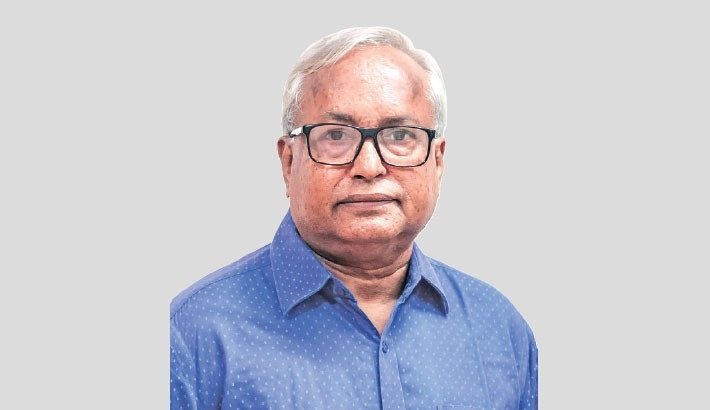‘What’s the point of making films if we can’t share them with the audience’
Anindita Naheen, Dhaka
Published: 04 Nov 2023

The winners of the National Film Award-2022 were announced on Tuesday, and one of the standout films was Muhammad Quayum’s debut directorial movie, ‘Kura Pokkhir Shunne Ura’ (The Golden Wings of Watercocks), which won the award in the Best Film category. Quayum also received the award for Best Screenplay for the same film. ‘Kura Pokkhir Shunne Ura’ explores the lives and struggles of peasants living in the haor (marshland) areas of Bangladesh and features Jayita Mahalanbish and Ujjal Kabir Himu in lead roles. The film had previously won the Golden Royal Bengal Tiger award for Best Film at the 28th Kolkata International Film Festival in 2022.
In an interview with the Daily Sun, Muhammad Quayum shared his thoughts on winning the National Film Award and the challenges he faced while making the film.
Congratulations on receiving the National Film Award for the first time. How do you feel?
It’s truly an honour to receive the National Film Award. I’m more than happy that my film was recognised in the Best Film category. This award is a credit to the entire team involved in the film because film production is a collective effort. It belongs to all of us.
You encountered various challenges while making the film. Can you tell us more about them?
First and foremost, securing funding for the film was a significant challenge. I couldn’t find any financiers or producers willing to support the project, and I had to wait for nearly 20 years before I could raise enough funds to start it.
Additionally, shooting in the haor area presented unfavorable conditions. Transporting equipment to the location was difficult, and there was limited space for the shooting unit. Some of the crew even had to stay in boats overnight. It took almost three years to complete the film.
Lastly, cinema hall owners were not enthusiastic about showcasing independent films like ‘Kura Pokkhir Shunne Ura’. Only a few of them screened our film for a short period. If we can’t show our films to the audience, then what’s the point of making films? We need government support to ensure venues where creative movies like ours can be screened.
Audiences were fascinated by the raw portrayal of the haor areas in your film. Could you share your experiences during shooting?
We spent almost three years shooting in the haor areas. The film represents an artistic endeavor that goes beyond the commercial formula. It tells the story of the struggles of the haor people who endure discrimination and deprivation in a challenging natural environment. Shooting in such a hostile environment was indeed a challenge. There were many moments when we captured the original scenario. I vividly recall a scene where a dam is breaking, and all the villagers gathered to prevent it.
Audience preferences are evolving rapidly. What are your thoughts on this as a director?
I believe that audience preferences are shaped by the quality of education. Nowadays, a significant number of viewers are turning to light entertainment on mobile phones. In a society where quality education and cultural practices are lacking, there won’t be a refined audience. We need proper initiatives for cultural development. Fortunately, there are good films being made, but they are not enough. The government and the private sector should take more active roles in this regard.

